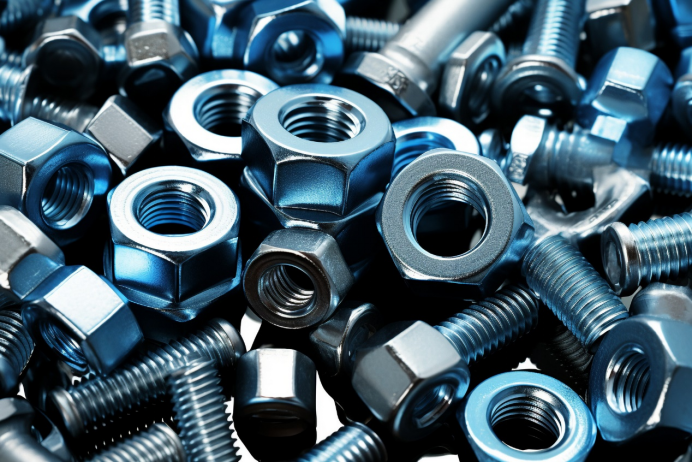

Effective Solar Panel Wall Mounting Solutions for Your Home and Business
Aug . 21, 2024 03:27 Back to list
Effective Solar Panel Wall Mounting Solutions for Your Home and Business
The Essential Guide to Solar Panel Wall Mounting Brackets
In the quest for sustainable energy solutions, solar panels have become a popular choice for both residential and commercial properties. The efficiency of these solar panels can be significantly influenced by their installation, and one crucial component of that installation is the wall mounting bracket. Understanding the importance, types, and installation process of solar panel wall mounting brackets is essential for anyone looking to harness solar energy effectively.
Importance of Wall Mounting Brackets
Wall mounting brackets play a vital role in solar panel installations by securely holding the panels in place on vertical surfaces. Their primary function is to ensure that the solar panels are positioned optimally to capture sunlight while maintaining structural integrity and safety. Properly installed brackets can enhance the durability of the solar system, reduce the risk of damage during harsh weather, and maximize energy efficiency by aligning panels toward the sun.
Types of Wall Mounting Brackets
There are several types of wall mounting brackets available, each designed for specific applications and requirements
1. Fixed Mounts These brackets are designed for permanent installations where the angle of the solar panels is set to maximize solar exposure throughout the day. They are often adjustable for tilt but do not allow for movement after installation.
2. Adjustable Mounts These brackets provide flexibility in the angle of the solar panels, allowing for adjustments based on seasonal changes in the sun’s position. This can help in optimizing energy capture over time.
3. Tilt Mounts Specifically designed for applications where sunlight angles vary significantly throughout the year, tilt mounts enable the user to set a fixed angle for the panels, enhancing their efficiency.
4. Rotating Mounts These high-tech mounting solutions allow solar panels to move and track the sun's path across the sky. While more expensive, these systems can significantly increase energy production by maximizing sun exposure.
5. Universal Brackets Many manufacturers offer universal brackets compatible with various solar panel sizes and brands. This versatility makes them an excellent choice for those looking to install solar without committing to a specific panel type.
Factors to Consider When Choosing Brackets
solar panel wall mounting brackets

When selecting wall mounting brackets for solar panels, several factors should be considered
- Weight Capacity Ensure that the brackets can support the weight of the solar panels, including any additional forces from wind and snow loads. - Material Look for brackets made from corrosion-resistant materials, such as aluminum or stainless steel, especially in coastal areas where salt can expedite degradation.
- Installation Environment Consider the specific conditions of your installation site, including wind patterns, sunlight exposure, and potential obstacles that could cast shadows on the panels.
- Regulations and Codes Check local building codes and regulations to ensure that your mounting solution adheres to safety standards and receives the necessary permits.
Installation Process
The installation process for wall mounting brackets typically involves several key steps
1. Site Assessment Evaluate the chosen wall for structural integrity and sunlight exposure.
2. Mounting Position Determine the optimal position for the brackets, ensuring that the panels will not be obstructed by trees, buildings, or other objects.
3. Secure Brackets Using appropriate tools, securely fasten the brackets to the wall, ensuring they are level and spaced adequately to support the solar panels.
4. Attach Solar Panels Finally, secure the solar panels to the mounted brackets, taking care to follow manufacturer instructions for alignment and fastening.
Conclusion
Solar panel wall mounting brackets are essential components for anyone looking to install solar energy systems. By understanding their importance, selecting the right type, and following proper installation techniques, users can maximize their solar panels’ efficiency and ensure a durable, effective energy solution. As we continue to embrace renewable energy, these mounting solutions will be pivotal in propelling us toward a sustainable future.
Latest news
-
Hot Dip Galvanized Bolts-About LongZe|High Strength, Corrosion Resistance
NewsJul.30,2025
-
High-Strength Hot Dip Galvanized Bolts - Hebei Longze | Corrosion Resistance, Customization
NewsJul.30,2025
-
Hot Dip Galvanized Bolts-Hebei Longze|Corrosion Resistance&High Strength
NewsJul.30,2025
-
High-Strength Hot-Dip Galvanized Bolts-Hebei Longze|Corrosion Resistance&High Strength
NewsJul.30,2025
-
Hot Dip Galvanized Bolts-Hebei Longze|Corrosion Resistance&High Strength
NewsJul.30,2025
-
Hot Dip Galvanized Bolts - Hebei Longze | Corrosion Resistance, High Strength
NewsJul.30,2025

